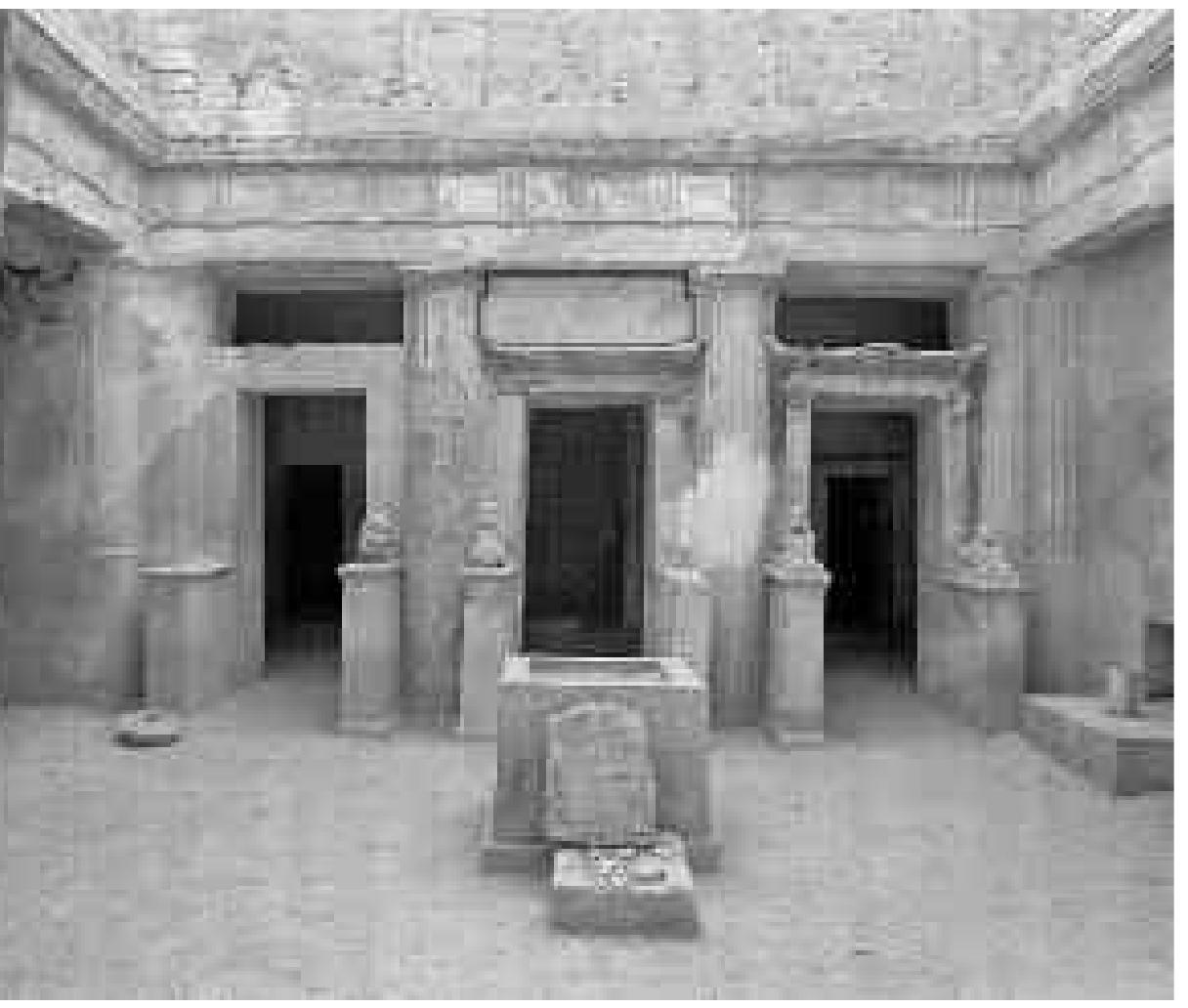Hypatia of Alexandria, living circa 360 to 415 CE, stands as one of the most remarkable figures in ancient intellectual history. As both a mathematician and philosopher, she played a pivotal role in the preservation, commentary, and advancement of mathematical thought during the late antiquity period. Her achievements transcend simple biographical curiosity; they represent significant contributions to the evolution of mathematics in a time of social, religious, and political transformation.
Historical Background and Intellectual Climate
Understanding Hypatia’s impact necessitates placing her within the scholarly dynamism of Alexandria, a celebrated hub of knowledge and the site of the fabled Library of Alexandria. Being the offspring of Theon, an esteemed mathematician and philosopher, Hypatia was introduced to academic endeavors early in life. Theon’s writings, coupled with the academic environment, offered her both the chance and the motivation to delve into and advance fundamental mathematical texts.
At this crossroads of Greek, Roman, Egyptian, and burgeoning Christian cultures, intellectual inquiry was at risk of succumbing to ideological conflicts. Hypatia, however, managed to not only thrive but also lead a Neoplatonic school of philosophy, earning admiration from contemporaries for her eloquence, knowledge, and commitment to rational debate.
Commentaries as Mathematical Preservation and Innovation
One of Hypatia’s most significant mathematical contributions was her meticulous commentaries on classical mathematical texts—an endeavor crucial for their conservation and for advancing comprehension. Although original mathematical innovation in the later Alexandrian era was limited, crafting these commentaries frequently involved elucidating and expanding upon previously obscure or abbreviated sections of earlier works.
Insights into Diophantus’s Arithmetica: Diophantus’s Arithmetica comprises a series of mathematical challenges that established the foundations of algebraic reasoning. Hypatia’s interpretive notes, despite being no longer extant, were cited by subsequent authors like her pupil Synesius. Contemporary historians surmise that she offered crucial clarifications for intricate algebraic formulas and symbolic representations, thereby probably enhancing the comprehensibility of Diophantus’s writings. Her endeavors were instrumental in the preservation and dissemination of algebraic understanding to subsequent Islamic and European academics.
Analyses of Apollonius’s Conics: Apollonius of Perga’s work on conic sections—an examination of curves formed by the intersection of a plane and a cone—was fundamental to the progression of geometry. Hypatia, along with her father, is recognized for editing and providing commentary on at least a portion of these volumes. She elucidated the principles of ellipses, parabolas, and hyperbolas, providing insights that would significantly impact later astronomical and mathematical breakthroughs throughout the Islamic Golden Age and subsequent eras.
Revising Euclid’s Elements: Euclid’s Elements served as the cornerstone of geometry from ancient times through the contemporary period. Theon is recognized for creating an updated version of the Elements, and a strong academic agreement suggests that Hypatia worked closely with him, potentially editing and enhancing existing interpretations. These modifications contributed to the standardization of geometric proofs and fundamental principles, thereby making the study of mathematics more precise and understandable.
Pedagogical Approaches: Hypatia’s Role as an Educator
Beyond her own writings, Hypatia’s influence permeated through her role as an educator. She led a Neoplatonic school in Alexandria, attracting students across the Mediterranean, including future scientists, philosophers, and political leaders. Her teaching methodology combined rigorous mathematical logic with Platonic philosophical inquiry—a synthesis that inspired generations.
By integrating mathematics with philosophy, Hypatia taught that truth and virtue could be approached through rational discourse and precise calculation. She emphasized clear exposition, analytical thinking, and practical demonstration. Letters from her student Synesius suggest Hypatia employed astrolabes and hydroscopes—mathematical instruments she may have improved or even invented herself—as teaching tools for astronomy and hydrodynamics. These practical applications signaled a forward-looking vision for mathematics as both theoretical science and everyday instrument.
The Heritage and Dissemination of Mathematical Understanding
Hypatia’s existence and contributions were deeply intertwined with the societal forces that determined the trajectory of ancient scholarship. Her unfortunate demise, at the hands of a Christian crowd, is frequently referenced as a pivotal moment in the erosion of pagan intellectual thought. Nevertheless, the mathematical traditions she impacted persisted long after her passing.
A significant portion of our understanding of early mathematics stems from the writings and interpretations revised in Alexandria under her and Theon’s direction. Her contributions directly influenced mathematical progress in the Islamic world; for example, the Arabic translation movement frequently references the revised editions of Euclid and Apollonius that originated from her academy. When European academics rediscovered Greek mathematical works during the Middle Ages, they encountered them, in part, as they had been preserved through the curriculum Hypatia protected.
The mathematical heritage of Hypatia of Alexandria extends beyond mere computation or theoretical proofs, residing instead at the nexus of conservation, interpretation, and instruction. Her analytical writings illuminated seminal texts, her involvement in editorial processes guaranteed precision and dissemination, and her pedagogical methods shaped successive cohorts of intellectuals who wove mathematics into wider philosophical and scientific discussions. Through these multifaceted contributions, Hypatia holds a unique standing as both a guardian and a pioneer of mathematical understanding, her impact echoing across ages of investigation and revelation.

:max_bytes(150000):strip_icc():focal(749x0:751x2)/Jared-Isaacman-329f219aed0e4faa8b341aa46849d3c2.jpg)

